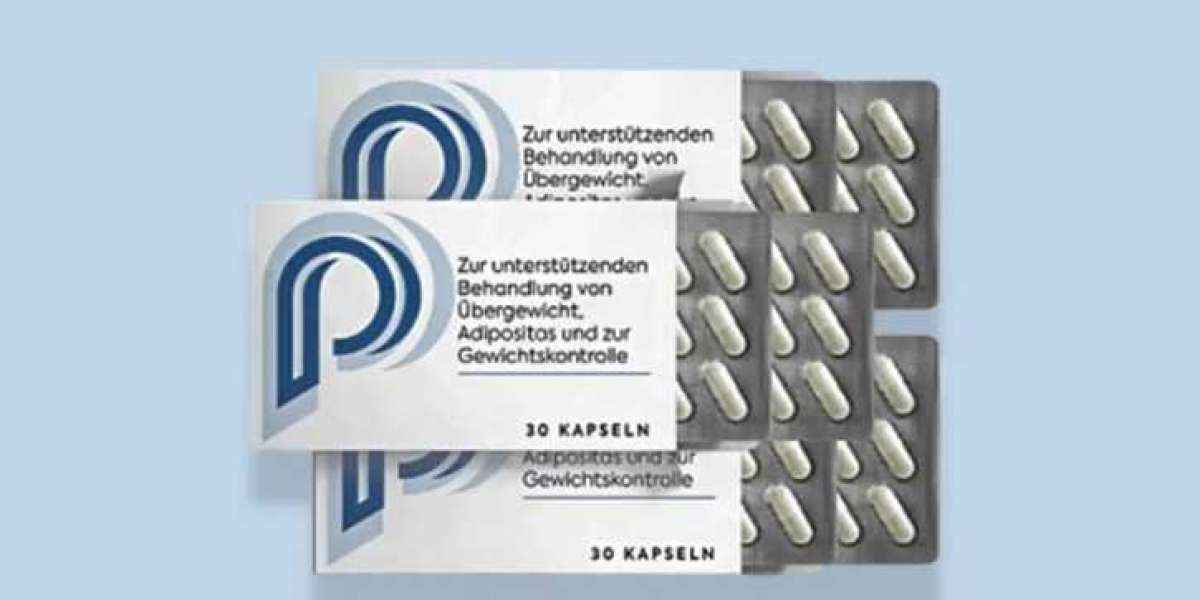Because of the lack of regulation in the industry, all these new products have caused some confusion among consumers. The terms “clean” and “natural” are often used interchangeably and are the most common; you’ll also see “safe,” “green,” and “nontoxic.” Walk into Sephora and you’ll be confronted with signage that designates those products “Clean by Sephora.” Walk into Nordstrom and you have to ask where the natural products are. (For clarity, I’ll refer to this trend as “clean” from now on.)
But because the terminology isn’t regulated by an agency or governing body like the Federal Trade Commission or the FDA, they’re all essentially meaningless words when they appear on cosmetics and personal care products. Natural usually tends to mean it contains plant-based ingredients, though there’s a push by some new brands to move away from the word natural because there are many safe synthetic ingredients. But it’s still a free-for-all. Usually clean products are notable for the ingredients they are free of: parabens, phthalates, sulfates, and more.
The designation “organic” as it relates to cosmetics is even more confusing. The US Department of Agriculture, the organization that regulates food, has rules about what kinds of products can be labeled as organic; in beauty, it’s dependent on what percentage of USDA standard organic ingredients are in the product. But ultimately, being organic doesn’t make an ingredient better or safer, as the FDA notes.
So any company can call a product “natural” or “clean” and define that term any way it wants. And companies don’t hesitate to slap on that label, because shoppers respond to it. A 2018 survey by students in the Fashion Institute of Technology’s graduate school of cosmetics and fragrance marketing and management found that “90% of consumers believed that natural or naturally-derived beauty ingredients were better for them.” Of course, a lot of natural things can be bad for you. Poison ivy. Cyanide in apple seeds. Some essential oils.
But it’s led to a misconception among some consumers that chemicals equal danger. “I can’t tell you how many times I see a product that says ‘free of chemicals,’” says Kelly Dobos, a cosmetic chemist of 15 years. “It’s ridiculous because water is a chemical.”
Large organizations like the American Cancer Society put out statements that the data about parabens’ harm to humans was limited, writing: “There are also many other compounds in the environment that mimic naturally produced estrogen.”
Parabens may well be terrible for us, but for now the long-term effects of parabens on humans are simply unknown — there is no conclusive data that they hurt us. But the seeds of doubt were planted, consumers balked, and companies started removing them, thus reinforcing the belief that parabens must be bad. You’ll find them in very few products these days.



